Lavender Field Work
- Daunelle Wulstein

- Sep 1, 2023
- 2 min read

When we planted our first 200 plants in 2018, we used a combination of decomposed granite and sand in a single raised bed. We installed two French drains after our first rain as we realized that due to our high water table, not all the water was draining fast enough. Within each plant's hole, we added a small amount of organic material. As year five approached, we were excited to see even more prolific blooms from our healthy plants. However, Mother Nature, and the nature of our soil, had other plans.
After a record-breaking winter followed by a wet and cool spring this year, our soil began showing signs of severe compaction. Instead of throwing out the proverbial "baby with the bath water," we decided to redo the entire "field." This was a giant undertaking that literally took three weeks - three full weekends and week nights after work. We began by mapping out how and where we would need to put two full rows of lavender on our property just so we could start in the field. Our younger daughter and my father-in-law helped us the first full weekend as we cut any remaining blooms, learned how to dislodge the entrapped plants, and safely transplant them into new raised beds. We also had to create new raised beds by tilling in round sand, organics, and a mixture of perlite and vermiculite to the existing decomposed granite that was already in the field. Each bed took approximately two hours...
Once we finished all the beds, we had to add irrigation. We laid each row with adjustable drippers so that we could control the amount of water each plant would get. We are now putting this field on its own station for watering as our other plants need less water than these transplants.
We are now a month past planting our first row of eight (out of 21 rows) and none of our plants are dead! The real test will come next spring. Yes, these particular plants are five years old, but they with good drainage and proper soil composition, they will hopefully last another five to ten years!! Fingers crossed!


.png)



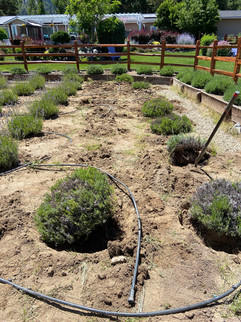







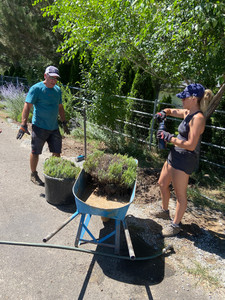

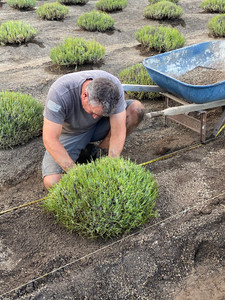

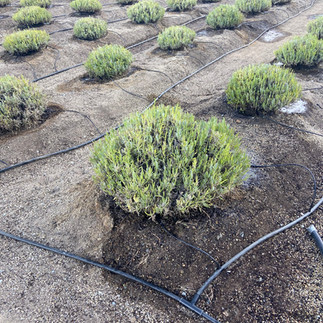

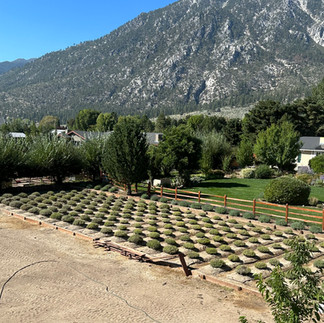





Comments